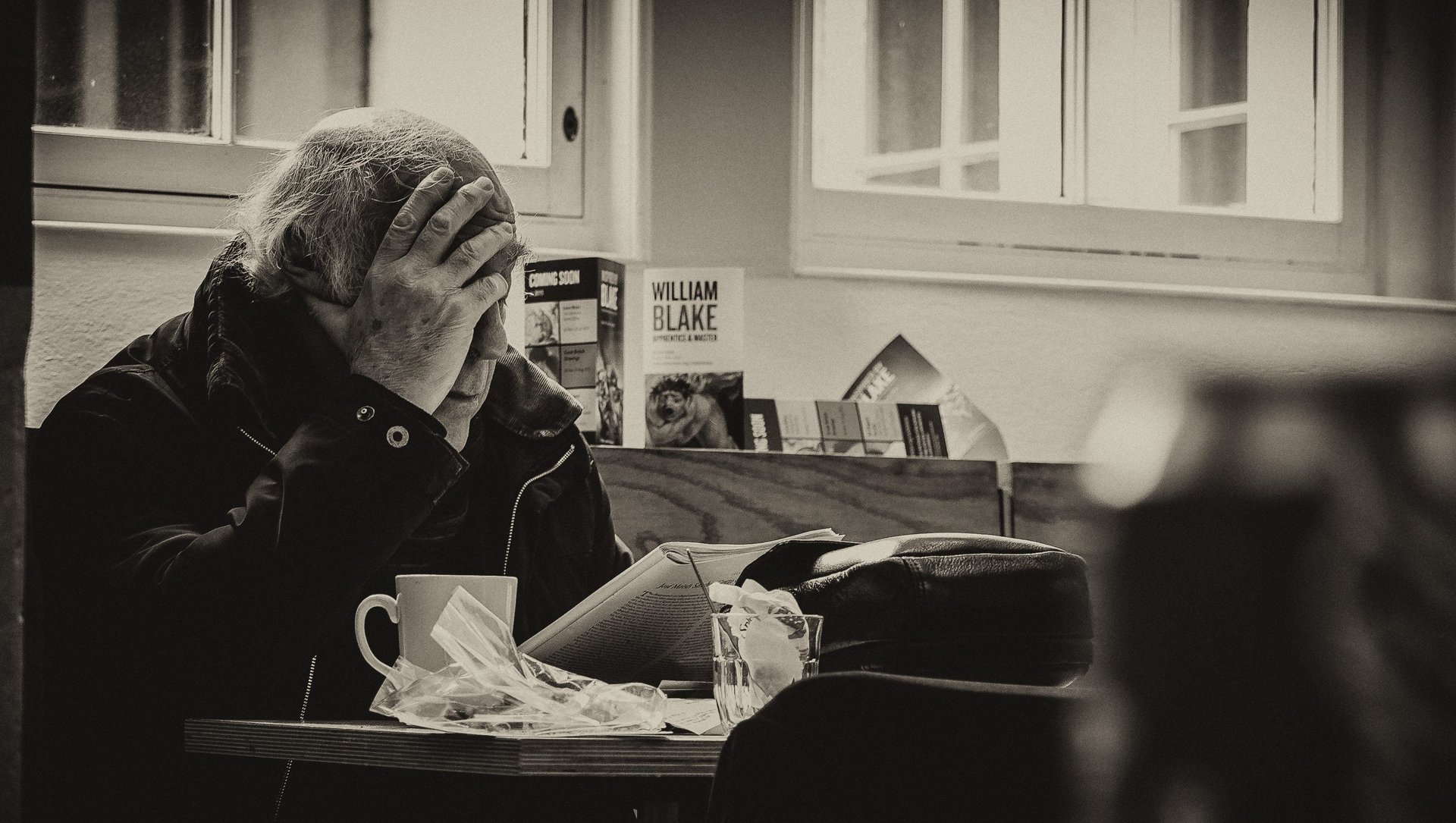How do you isolate if you live with someone vulnerable?
Social distancing policies are now spreading across the world, as more and more governments advise or mandate that people shouldn’t socialise, travel, work, or learn together until the coronavirus is under better control.


Social distancing policies are now spreading across the world, as more and more governments advise or mandate that people shouldn’t socialise, travel, work, or learn together until the coronavirus is under better control.
But the message to self-isolate often conflicts with the situations in which we actually live. How can one partner isolate from another, and is it even realistic to try? How can we isolate when we have kids? And, perhaps most crucially, is it possible to self-isolate from vulnerable people even if we live with them?
The last of those questions is, for many, most pressing. A 2018 Pew Research Center report found that 20% of the US population, or 64 million Americans, were living in multigenerational households, the highest number on record. (Multigenerational households are defined as “including two or more adult generations, or including grandparents and grandchildren younger than 25.”) The most common type of household was two adult generations living together, but in 2016, Pew said, over 28 million people lived in households with three generations: Grandparents, parents, and grandchildren.
Other than age, there are manifold ways in which a house could comprise adults, kids, and those in “vulnerable” groups (which are defined slightly differently in different countries): A pregnant mother with her spouse and kids; partners or friends where one person has diabetes, or a lung condition; a younger person with an older spouse. In these situations, how are we meant to isolate from one another, and is it even possible?
When a person in a household has coronavirus symptoms, the UK’s National Health Service advice states: “If you live with someone who is 70 or over, has a long-term condition, is pregnant or has a weakened immune system, try to find somewhere else for them to stay for 14 days.” For many, this will be difficult, not least because most other households are also restricting their contact with others, and many—especially in cities—don’t have space to spare. In theory a hotel could be an (expensive) option, but not, for example, for an older person who needs care, or a pregnant mother who needs to care for other children.
Perhaps in recognition of the fact that many people will find themselves in households with vulnerable people, the UK government has now published extensive guidance on how a household can self-isolate, and at the same time isolate a vulnerable person who lives within it. The advice, which needs to be followed on top of more general advice like regular handwashing, isn’t easy to follow, but it’s useful to know:
- Vulnerable people should minimise the time they spend in shared spaces such as kitchens, bathrooms, and sitting rooms. All rooms should be well ventilated.
- A vulnerable adult should sleep in a separate bed and room, where possible.
- Householders should keep 2 metres (3 steps) away from any vulnerable person.
- They should use a separate bathroom from the rest of the household, if possible, as well as separate towels for bathing and drying their hands. If people are sharing a bathroom, the advice is to clean it every time it’s used by wiping down surfaces you have come into contact with. The advice also suggests “drawing up a rota for bathing, with the vulnerable person using the facilities first.”
- Kitchens should be used at separate times by vulnerable people, and they should eat in their own room. Dishwashers or thorough handwashing and drying should be used to clean and dry plates and cutlery. The vulnerable person should use a separate towel to dry their crockery.
“We understand that it will be difficult for some people to separate themselves from others at home,” the advice concludes. “You should do your very best to follow this guidance and everyone in your household should regularly wash their hands, avoid touching their face, and clean frequently touched surfaces.”